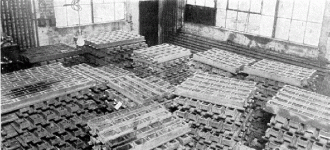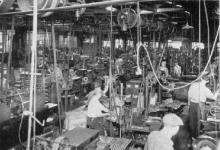ear3
Member
- Joined
- Jul 24, 2014
- Messages
- 4,342
I've learned over time not to blame the tool as the first response when something goes wrong, so when my LN LA jack suddenly started to behave strangely I tried to go through a number of troubleshooting steps to see if I had done something wrong. The symptoms were that the plane was basically refusing to engage the wood unless I started out with a heavy cut. Even then after a few passes the blade would stop cutting evenly. So I checked and resharpened the blade. When that didn't work I resharpened my spare blade. That didn't work so I checked the sole with my Starrett straightedge, and sure enough, there is now a sliver of light spanning the length of the sole, meaning it is convex concave. I confirmed this by being able to slip feeler gauges under the center of the plane as it was resting on the flate cast iron surface of my table saw.
This plane is less than a year and a half old. I've never dropped it, and to my knowledge it has never been banged around. And as far as I can tell, the problem didn't slowly develop over time, but rather one day it just started behaving like that.
It's hard for me to believe that this is just environmental, but I don't have any other explanation. I'm just really, really frustrated right now, as I had set aside yesterday and today for tackling a new commission, and instead I've just been spending hours changing the bevel on blades and getting all meticulous with measuring tools.
I've heard that LN will regrind the sole for you. Has anyone done that? If it were just a block plane, I might attempt flattening the sole on one of those dead flat truing plates, but with the longer sole of the jack, I would prefer to have it done professionally.
This plane is less than a year and a half old. I've never dropped it, and to my knowledge it has never been banged around. And as far as I can tell, the problem didn't slowly develop over time, but rather one day it just started behaving like that.
It's hard for me to believe that this is just environmental, but I don't have any other explanation. I'm just really, really frustrated right now, as I had set aside yesterday and today for tackling a new commission, and instead I've just been spending hours changing the bevel on blades and getting all meticulous with measuring tools.
I've heard that LN will regrind the sole for you. Has anyone done that? If it were just a block plane, I might attempt flattening the sole on one of those dead flat truing plates, but with the longer sole of the jack, I would prefer to have it done professionally.


